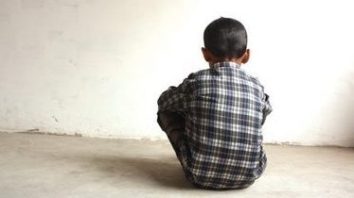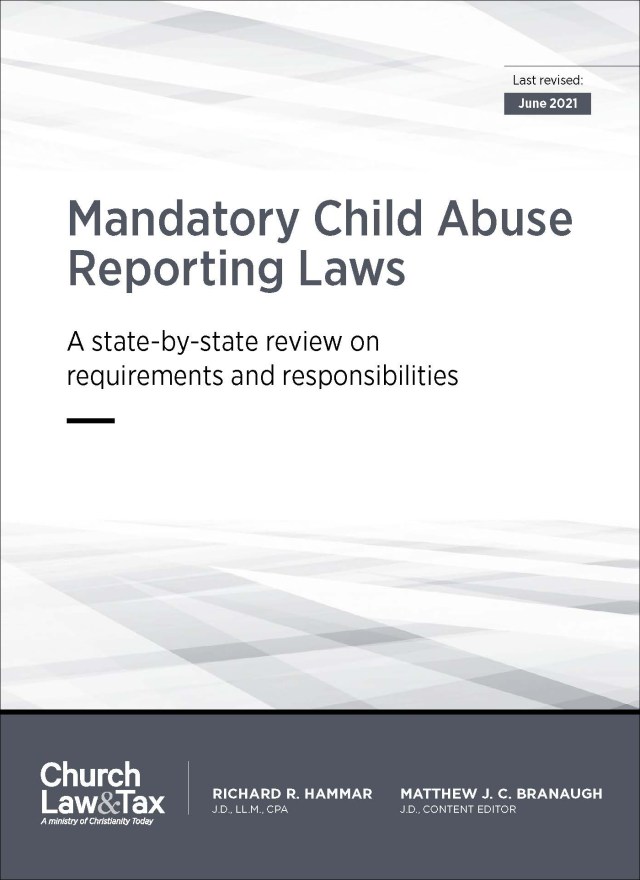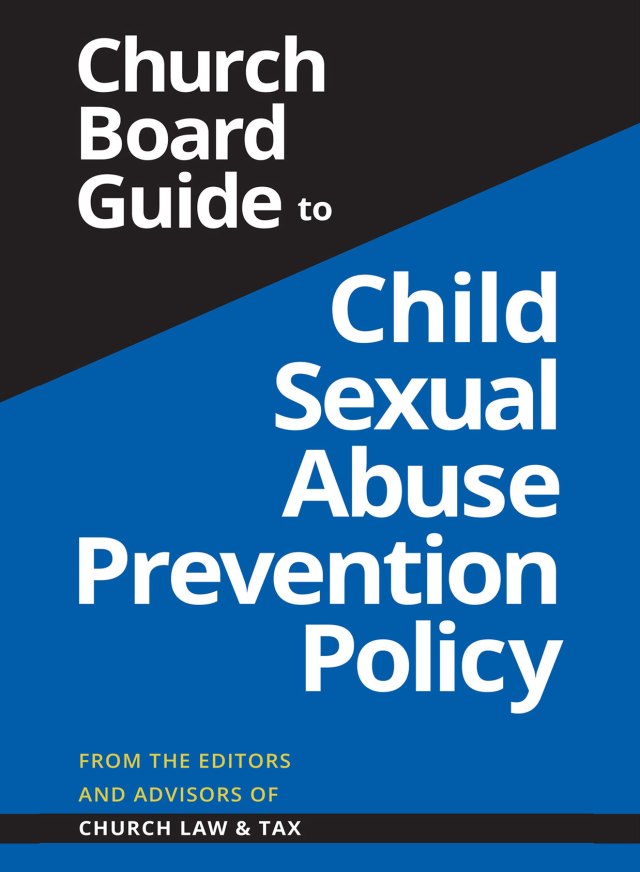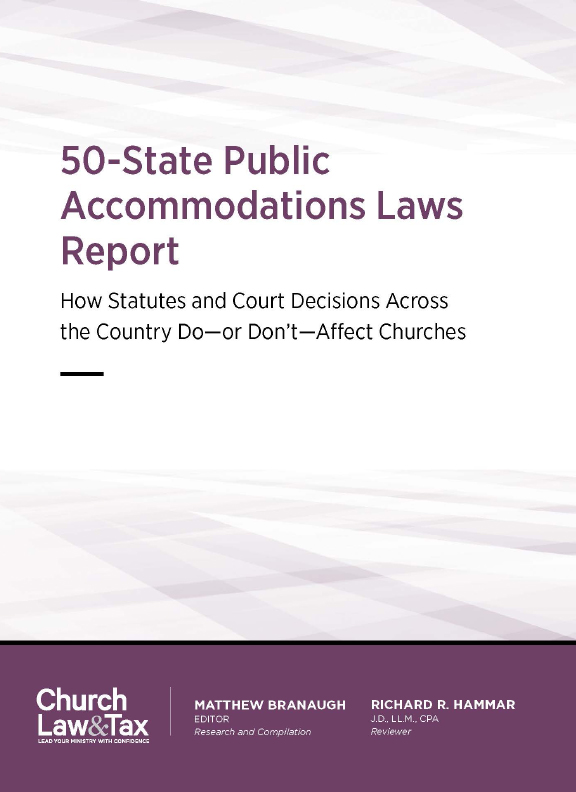Churches need to be aware of how children are being protected at church from sexual, mental, and physical abuse. To help in this effort, we’ve interviewed a group of leading experts on preventing sexual abuse at church. This is the third in the series. Other posts cover how to respond to reports of child abuse, preventing child sexual abuse, and common church leader blind spots.
Roundtable participants: Brian McAuliffe, CFO at Willow Creek Community Church in Illinois; Boz Tchividjian, law professor at Liberty University and executive director of GRACE; Peter Persuitti, managing director of insurance and risk management of Religious & Nonprofit Practice at Arthur J. Gallagher & Co.; and Frank Sommerville, lawyer and a shareholder in the law firm of Weycer, Kaplan, Pulaski & Zuber, P.C. Freelance editor Ashley Emmert conducted this roundtable discussion with assistance from Church Law & Tax assistant editor Samuel Ogles.
Ashley: Have you seen child safety become more or less of an issue for the church in recent years, and how is abuse prevention developing in response to those changes?
Brian: I don’t think abuse is on the rise. I think there are two issues going on: awareness, and the litigious nature of our society. It’s obviously changed dramatically in the last ten years. A lot of abuse happened in the past but wasn’t brought to the forefront the way it is today.
Frank: I agree—it’s not growing, because many more churches are involved in background checks and risk management programs than were in the 1990s. I remember when I first approached my home church with this issue in 1992. They were horrified that anyone inside the four walls of the church could do such things.
We finally started doing background checks in 1994, and right away we found two registered sex offenders, convicted of sexual assaults with children, who were working in our children’s ministry. Fortunately we were able to address that situation and no harm had yet happened in that ministry, but that was all it took to convince the rest of the leadership that this was an issue that needed to be addressed.
Peter: Years ago people never sued their church or a “do-gooding” nonprofit, but now they do. So from a claims standpoint, this has become a much bigger issue for churches in the last few years. People aren’t afraid to sue a church for a large sum of money today.
Boz: I think in the past three or four years we’ve seen a really positive development, too. This issue is finally being discussed and there’s an open public dialogue about it, even in the evangelical world. Five or six years ago, most of the discussion about sexual abuse within the faith community was focused on the Catholic Church.
A lot of really wonderful progress has been made in the sense that finally, at least in pockets of the evangelical world, this is a public topic of conversation. Any time you take an issue that hasn’t been addressed and bring that to the surface, it’s difficult. But the more we talk about it, the more that awareness is on the front burner of our churches, the more of our children are going to be protected.
Peter: I think the big push now is for churches to move from just prevention to advocacy for prevention and victims of abuse in the past. I saw a statistic this morning that said over 90 percent of people in prison have been victims of abuse. This silent epidemic is creating a vicious cycle that’s very difficult to break. Church boards and ministries are following checklists and background checks—and that’s good—but I think there’s more we can do to promote even greater advocacy.
The church has the potential to be part of the solution because such a large number of church attendees have been impacted by abuse in some way. The typical response to abuse is the shame that comes with it, and the helplessness the victim feels. Churches can help change that.
Church boards and leaders want to knock on wood and say, “We haven’t had a case of child sexual abuse here, so it won’t happen.” But the truth is, there are people in the church who have been victims of abuse in the past who are probably staying silent about it. The more the church can think of itself as a safe harbor and work to create a culture of protection, the more of a ministry it can be. It’s about providing care for past victims, whether or not that abuse happened within your church’s walls, and sending the message across your church that you take abuse prevention very seriously .
Boz: I agree. I think one of the dangers of focusing so much on policies and procedures is that when churches adopt a policy and procedure, they check it off the list and move on. One of the things GRACE is working on is not only developing a guide that helps churches put together a policy and procedure that’s their own but also to understand, on a deeper level, that it’s important to transform churches into a culture of protection for children.
If you just look at the statistics and accept them for what they are, in a church of 100 men and 100 women, 20.5 percent of your church would be made up of survivors of child sexual abuse.
If 20.5 percent of my own congregation had lost a child in the last year, or had their home burn down in the last two years, we would be addressing and talking about this issue. We would be ministering to those people. We would probably have Sunday school curriculum designed to serve those people. We would have leadership assigned to help those people through those difficult trying seasons of life. But we’re not doing that with the survivors of sexual abuse in our churches.
I’ve met too many adults who were abused within a faith community. These people want nothing to do with the amazing gospel of Jesus, because not only was the abuser somebody who professed to be a Christian, but when they ran to the church hoping that they would be embraced and taken care of and loved, they were actually pushed out to a certain degree. When that happens, people want nothing to do with the gospel. This is a big issue.
If we can begin thinking of this issue as more than just risk management, policies, and procedures and instead say, “What steps can we take, based on the knowledge God has given each of us individually, to help bring transformation in how we understand abuse?” we could transform our churches.
For training on preventing child abuse, see the Reducing the Risk kit.





